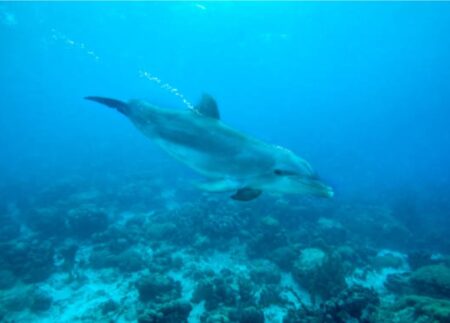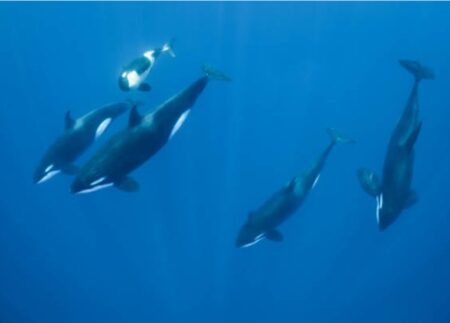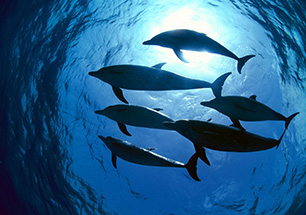KEY QUESTIONS
- What is the biological significance of masking on marine mammals?
- What are the long-term and cumulative effects of masking from E&P sound on marine mammals?
SUMMARY
Masking happens when noise interferes with the detection of biologically relevant signals. Consequently, biologically relevant sounds cannot be heard or are less clear. This work supported a comprehensive review of hearing in marine mammals and explored how senders and receivers can counter masking. Sources of underwater noise and the role of the acoustic environment in masking was applied to estimates of making potential and zones of masking.
Objectives and methods
- Summarize hearing characteristics relevant to masking
- Discuss masking release and anti-masking strategies
- Apply knowledge of the acoustic environment to estimating masking potential and defining zones of masking
- Assess information gaps and recommend a research strategy to better understand masking and masking effects on marine mammals
Importance
The author team provided priorities for future research on the topic of masking. In order to accurately predict the auditory effects of anthropogenic noise on marine mammals, researchers must continue to develop and refine masking models that are both practical and accurate. To be practical, a model must be computationally efficient, as well as generalizable to a large class of individual animals. To be accurate, a model must account for the relevant auditory and behavioural phenomena that can significantly affect predicted masking amounts. The need for practicality and the need for accuracy are often in conflict when modelling complex natural phenomena, and auditory masking is no exception. In order to effectively balance these two needs, a research strategy must be developed that targets the information gaps most likely to degrade accuracy, and addresses these gaps in the most efficient and practical way possible. Research recommendations were identified based on masking topic, probable cost, and priority.
Links to other research
Four subsequent projects, summarized in Parts B-D below, were the direct result of the research recommendations of this work.
- Part B: Masking of noise from seismic air guns on detection of sound by seals
- Part C: Masking and masking release in harbor seals and harbor porpoises
- Part D: Auditory masking in killer whales (Orcinus orca): critical ratios for tonal signals in Gaussian noise
Institutions/PIs
- Centre for Marine Science & Technology, Curtin University (Christine Erbe and Klaus Lucke)





